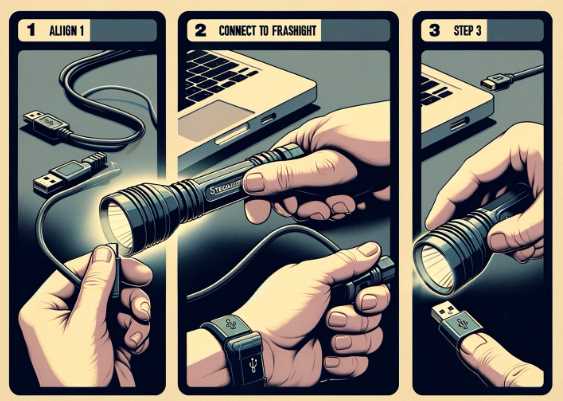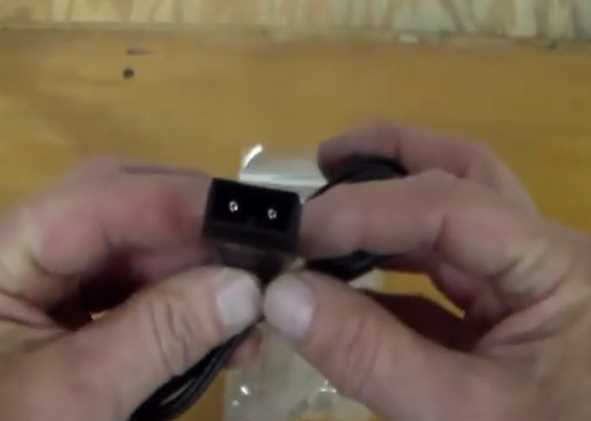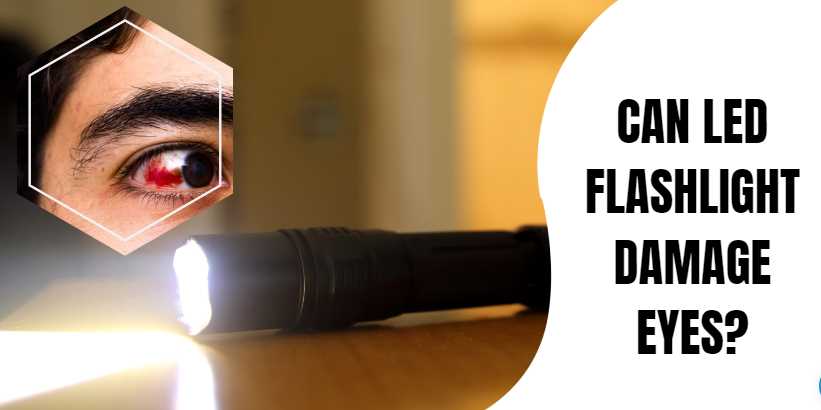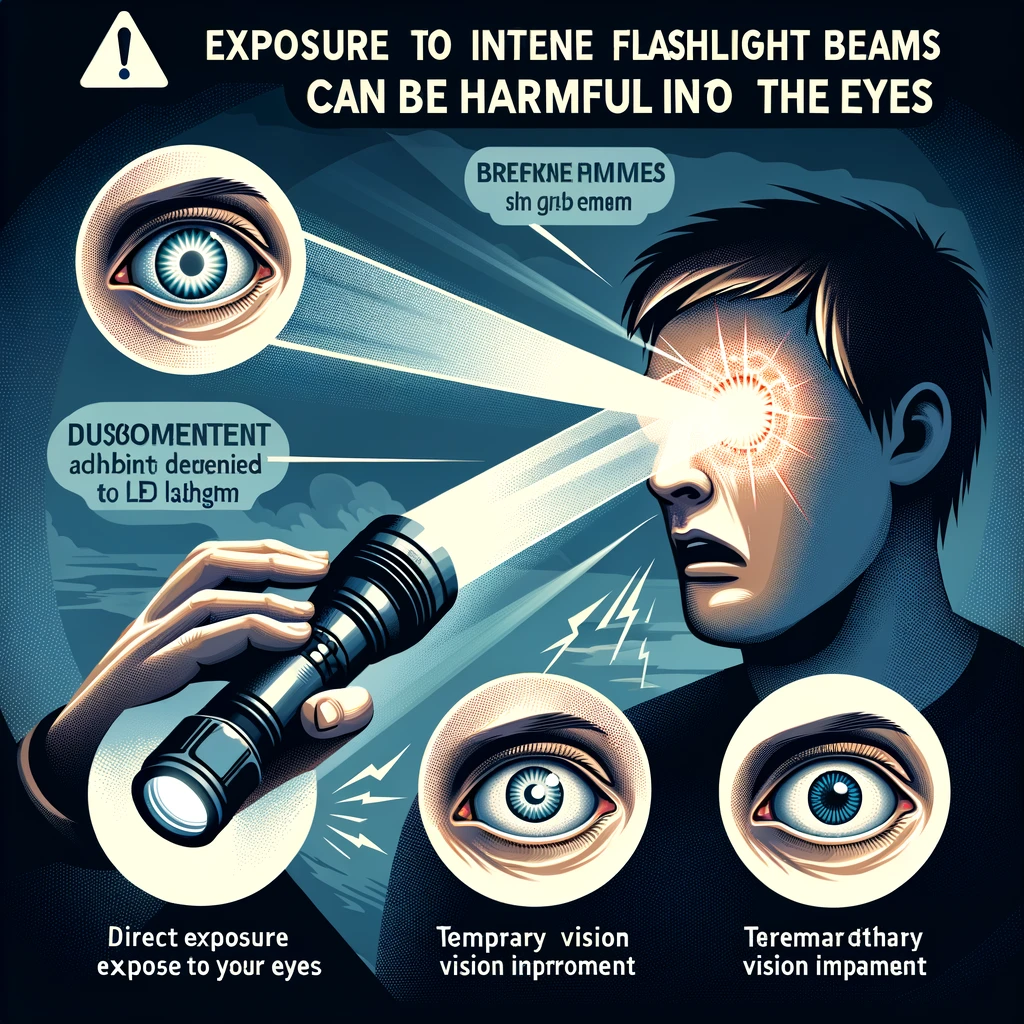Do you have a DORCY flashlight you never use because you can’t figure out how to put batteries in it? Do you dread the hassle of finding new batteries every time your flashlight runs out of juice? Don’t worry, and we’ve got the answer for you!
Batteries are essential for any flashlight, and the DORCY flashlight is no exception. This guide will teach you everything you need about batteries and how to put them in your DORCY flashlight. We’ll also discuss the different types of batteries, their uses, and how to select the right one for your needs. Finally, we’ll provide you with a guide on changing the battery in your DORCY flashlight. Ready to get started? Let’s get started!
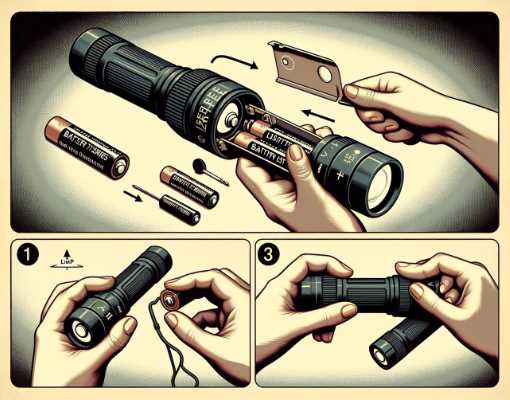
Necessary Tools and Materials
A. List of Tools Required When preparing to install batteries in your DORCY flashlight, it’s essential to have a few tools on hand for a smooth process. The primary tools you’ll need include a small screwdriver (if applicable), a clean cloth for wiping surfaces, and a reliable light source to ensure proper visibility during the installation.
B. Types of Batteries RecommendedDORCY flashlights are designed to work with various battery types, providing flexibility for users. Commonly recommended battery types include alkaline batteries for standard use, lithium batteries for enhanced performance and longer life, and rechargeable batteries for an eco-friendly and cost-effective option. Refer to your flashlight’s manual for specific recommendations.
C. Importance of Using Quality Batteries The performance of your DORCY flashlight is directly influenced by the quality of the batteries you choose. Opting for high-quality batteries ensures consistent power output and longer runtime and reduces the risk of leakage or damage to your flashlight. Investing in reputable battery brands enhances your flashlight’s overall reliability and lifespan.
Step-by-Step Battery Installation Process
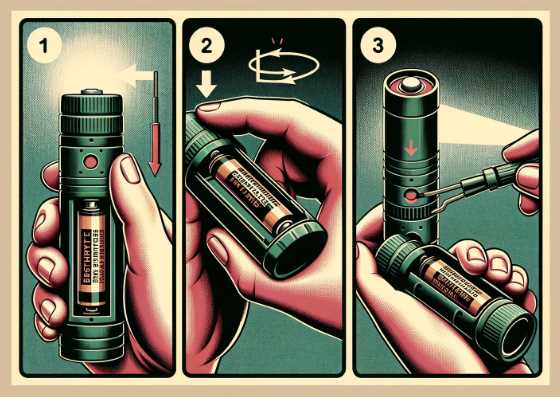
Battery installation is a crucial aspect of maintaining your DORCY flashlight’s optimal performance. Follow these step-by-step instructions to ensure a seamless installation process:
A. Preparing the Flashlight
- Turning Off the Flashlight Before beginning the battery installation process, ensure that your DORCY flashlight is turned off. This prevents any potential electrical issues and enhances safety during the installation.
- Checking for Existing Batteries Examine the flashlight’s battery compartment to see if any batteries are already installed. Remove any existing batteries, if present, and inspect the compartment for signs of corrosion or debris.
B. Choosing the Right Batteries
- Matching Battery Types Refer to your DORCY flashlight’s manual for the recommended battery types. Match the specified battery types with the ones you have on hand to ensure compatibility. Using the correct batteries is crucial for the flashlight’s optimal performance and longevity.Flashlight ModelRecommended Battery TypesModel XYZAA Alkaline or AAA LithiumModel ABCCR123A LithiumModel DEFAAA Rechargeable
- Checking Battery Expiry Dates Inspect the expiry dates on your batteries to ensure they are within their usable period. Using expired batteries can lead to diminished performance or leakage, which can damage your flashlight. Replace any expired batteries with fresh ones.
C. Opening the Battery Compartment
- Locating the Battery Compartment Familiarize yourself with the flashlight’s design and locate the battery compartment. In most DORCY flashlights, the battery compartment is situated near the tailcap or within the body of the flashlight. Consult the manual if you are unsure of the exact location.
- Using Appropriate Tools if Necessary Some flashlight models may have battery compartments secured with screws. Use a small screwdriver to carefully remove the screws without damaging the flashlight’s casing. Exercise caution to avoid stripping the screw heads.
D. Inserting Batteries Correctly
- Aligning Polarities Check the inside of the battery compartment for markings indicating the correct polarity (positive and negative). Align the batteries according to these markings to ensure proper electrical contact. Incorrect alignment may lead to malfunction or damage.Battery TypePositive (+)Negative (-)Alkaline AAARaisedFlatLithium AALongerShorterRechargeableMarkedUnmarked
- Ensuring a Secure Fit Insert the batteries into the compartment, ensuring a snug fit. Gently press them down to guarantee proper contact with the terminals. A secure fit prevents any interruptions in power flow and maintains a stable connection.
E. Closing the Battery Compartment
- Securing the Lid Properly If applicable, reattach the battery compartment lid or cover securely. Ensure that it is tightly sealed to prevent moisture or debris from entering the compartment. Tighten any screws with the appropriate tool.
- Checking for Any Loose Connections After closing the battery compartment, give the flashlight a gentle shake to check for any loose connections. Loose batteries or poorly secured compartments can cause intermittent functionality. Address any issues immediately to guarantee reliable performance.
Tips and Best Practices
Proper care and maintenance of your DORCY flashlight batteries contribute significantly to the device’s performance and longevity. Here are essential tips and best practices to follow:
A. Storing Batteries Safely
Store spare batteries in a cool, dry place away from direct sunlight and extreme temperatures. Utilize a battery storage case to prevent contact between batteries, reducing the risk of short circuits. Avoid storing batteries in the flashlight for extended periods, especially if it won’t be in use, to prevent corrosion or leakage.
| Battery Type | Storage Temperature |
|---|---|
| Alkaline AAA | 0°C to 30°C |
| Lithium AA | -20°C to 60°C |
| Rechargeable | 10°C to 25°C |
B. Replacing Batteries Promptly
Replace batteries as soon as you notice diminished performance or reduced brightness. Continuing to use weak batteries may lead to issues like flickering or complete failure. Keep track of the flashlight’s usage and have spare batteries readily available for quick replacements.
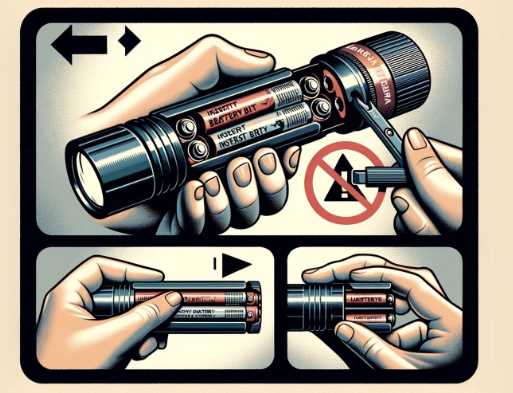
C. Cleaning Battery Contacts
Regularly inspect and clean the battery contacts within the flashlight using a dry, lint-free cloth. Any accumulated dirt, debris, or corrosion on the contacts can hinder the electrical connection and reduce performance. For stubborn corrosion, use a small brush or cotton swab dipped in vinegar to clean the contacts gently.
| Cleaning Frequency | Recommended Cleaning Solution |
|---|---|
| Monthly | Isopropyl Alcohol |
| As Needed | Vinegar (for corrosion) |
D. Maximizing Battery Life
Extend the life of your batteries and enhance overall efficiency with these practices:
- Store rechargeable batteries properly when not in use.
- Use the right battery type recommended for your flashlight.
- Charge rechargeable batteries before they are completely depleted.
- Remove batteries during long periods of flashlight inactivity.
| Battery Type | Charging Frequency | Maximum Charge Cycles |
|---|---|---|
| Rechargeable | Before Depletion | 500-1000 cycles |
Troubleshooting Common Issues
Encountering issues with your DORCY flashlight can be frustrating, but understanding common problems and their solutions can help ensure optimal performance. Here’s a guide to troubleshooting some of the most frequent issues:
A. Flashlight Not Turning On
- Checking Battery Orientation Ensure that the batteries are inserted correctly, following the indicated polarity. Incorrect orientation can prevent the circuit from closing, resulting in the flashlight not turning on. Refer to the flashlight’s manual for guidance on proper battery installation.
- Verifying Battery Condition Test the batteries with a battery tester or replace them with fresh ones to confirm their condition. Over time, batteries can lose power or expire, leading to a failure to power the flashlight. Always use high-quality batteries within their recommended lifespan.
B. Diminished Light Output
- Examining Battery Contacts Inspect the battery contacts within the flashlight for dirt, corrosion, or debris. Poor contact between the batteries and the flashlight’s contacts can lead to diminished light output. Clean the contacts with a dry, lint-free cloth or a cotton swab dipped in isopropyl alcohol.
- Testing with Fresh Batteries If cleaning the contacts doesn’t resolve the issue, replace the batteries with fresh ones. Diminished light output may occur when the batteries are weak or nearing the end of their lifespan. Using high-quality batteries and replacing them promptly ensures consistent brightness.
C. Battery Leakage
- Identifying Leaking Batteries If you notice a white or powdery substance around the batteries or inside the battery compartment, it indicates battery leakage. Remove the batteries immediately, being cautious not to touch the substance, as it may be corrosive.
- Cleaning and Preventing Corrosion Clean the affected area using a mixture of water and baking soda or a mild acid like vinegar. Wipe away the corrosion carefully, and ensure the compartment is thoroughly dry before inserting new batteries. To prevent future leakage, avoid mixing battery types and promptly replace expired batteries.
Maintaining DORCY Flashlights
A. Regular Inspection Conduct routine visual inspections of your DORCY flashlight. Check for any signs of wear and tear, including scratches, loose components, or damaged switches. Promptly address any issues to prevent further damage and ensure optimal performance.
B. Cleaning the Flashlight Clean the exterior of the flashlight regularly using a soft, damp cloth. For stubborn dirt, use a mild soap solution. Avoid harsh chemicals that may damage the casing or compromise the seals. Clean the lens with a microfiber cloth to maintain clarity and brightness.
C. Checking for Firmware Updates (if applicable) Stay informed about any available firmware updates for your DORCY flashlight. Some advanced models may have firmware that can be updated to enhance performance, introduce new features, or address any software-related issues. Refer to the manufacturer’s website or support resources for instructions on updating firmware.
IX. Safety Precautions
A. Following Manufacturer Guidelines Adhere strictly to the manufacturer’s guidelines and recommendations provided in the user manual. This includes information on battery types, maintenance procedures, and safety precautions. Deviating from these guidelines may compromise the flashlight’s performance and safety.
B. Handling Batteries with Care Exercise caution when handling batteries, especially during installation or replacement. Avoid touching battery terminals unnecessarily, and wear protective gloves if needed. Mishandling batteries can lead to electrical malfunctions, leakage, or injury.
C. Keeping Flashlights Away from Water Prevent water damage by keeping your DORCY flashlight away from moisture-prone environments. While some flashlights are designed to be water-resistant, it’s essential to check the manufacturer’s specifications and avoid exposing the flashlight to heavy rain or submersion in water to maintain its integrity.
Which is the best way to put batteries in a DORCY flashlight?
The best way to put batteries in a DORCY flashlight is to slightly press down on both ends of the battery until air can escape from inside. To access its interior parts, you should unscrew the light’s head (either by hand or with a tool). From there, you can remove any old batteries and replace them with new ones before screwing everything back together.
First, remove the back battery cap to change the batteries in your Dorcy-brand LED flashlight. Next, if there remains any rubber gasket on the end of the flashlight, separate it.
Please check its user manual to find out what kind and quantity of batteries are suitable for your flashlight. tie up the battery contacts beneath the battery section as demonstrated once you have collected the necessary batteries.
If the flashlight had a rubber gasket, change it. fix the flashlight’s back battery cap correctly.
Rotate the circular ring at the front phase of the Dorcy flashlight, To turn the reflector clockwise on the LED beam. With most flashlights, click a button on the rear end or side.
Whatever you need to light up, shine a light beam onto it. In contrast to a traditional flashlight with an overhead bulb, observe how the beam is brightest in the center. Twist the control clockwise or press the button to turn off the LED.
Where do the batteries go in a Dorcy flashlight?
The batteries go in the same place as they do in most other types of flashlights. To find out which way to put the battery in your DORCY flashlight, look for a diagram on the packaging or online. Once you have located it, follow these simple steps:
Remove the cap by gently pressing down on one end and then pulling it off.
Insert one end of the battery into the light bulb until it clicks into place (head facing up).
Slightly press down on both ends of the battery so that air can escape from inside. The battery is now firmly seated.
Replace the cap and turn the flashlight on by pressing both switches simultaneously (the red switch should be on top, while the white switch should be on the bottom).
Dont forget to clean after replacement.
How do you fix a DORCY flashlight that won’t turn on?
If you suspect your DORCY flashlight may not turn on because of a faulty battery, check to see if the battery is correctly seated in the light bulb. Next, test the switches by pressing both at once. If neither of these solutions works, it may be necessary to take your flashlight apart and replace the internal components.
Are Dorcy batteries rechargeable?
No, Dorcy batteries are not rechargeable.
Is it difficult to put the battery in my DORCY flashlight?
No, putting the battery in your DORCY flashlight is not difficult. If you have trouble finding or inserting the battery, something may block its airflow or make it difficult for you to insert and remove it properly. In such cases, you can try using a circuit tester or disassembling your flashlight until you find out what is wrong and fix it accordingly.
When should I replace my DORCY flashlight battery?
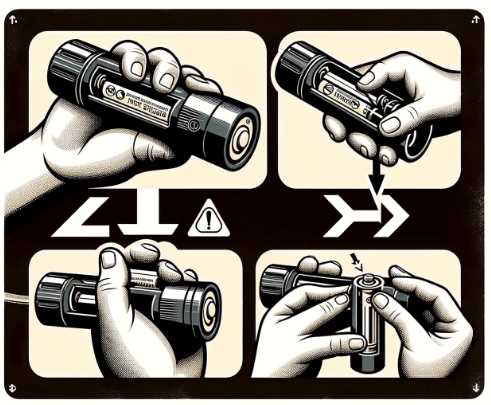
You should replace your DORCY flashlight battery whenever the yellow light indicator turns red or doesn’t work.
Please Note: For optimal performance, always charge your Dorcy flashlight batteries fully before use.
What happens when you discharge a DORCY flashlight too much?
Discharge your DORCY flashlight more than once a month, and you may experience problems with the light’s beam. The high levels of electricity used to power this flashlight can cause wear on its internal components, leading to decreased brightness or even damage. In worst-case scenarios, this could result in injury due to an electric shock.
Final Words
When it comes to changing batteries, there are always some tips and tricks that can make the process easier and safer. We hope that by sharing our 10 tips above, you can put in an effort to change your battery safely next time. Did you know that using too much force while unscrewing could end up damaging the head of the screwdriver?
Did something else work better for you? Share your experience by leaving a comment below!

I am an enthusiastic student of optics, so I may be biased when I say that optics is one of the most critical fields. It doesn’t matter what type of optics you are talking about – optics for astronomy, medicine, engineering, or pleasure – all types are essential.
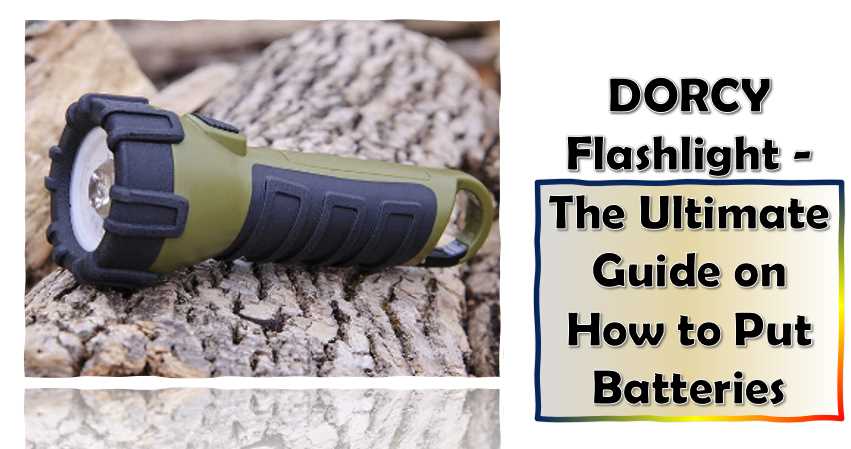
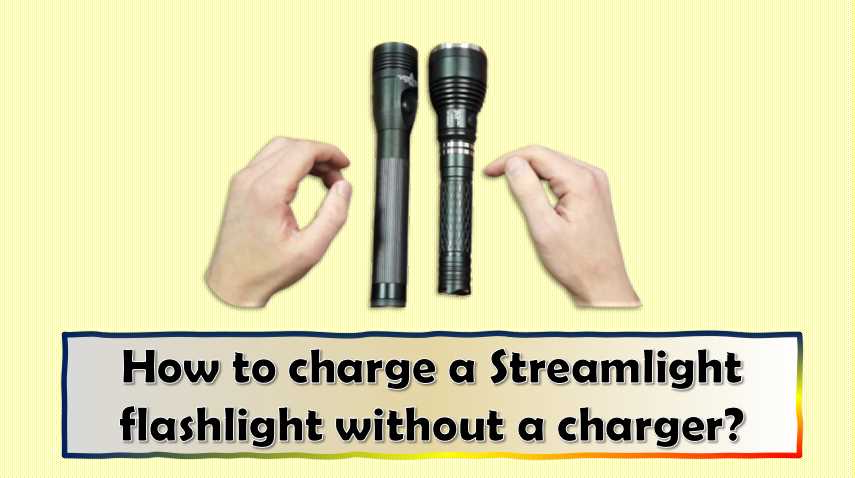
![AINOPE USB to USB Cable,USB 3.0 A to A Male Cable, [Never Rupture] USB Male to Male Cable Double End USB Cord Compatible with Hard Drive Enclosures, DVD Player, Laptop Cooler,6.6Ft/Grey](https://m.media-amazon.com/images/I/51WDeeWxlZL._SL160_.jpg)
